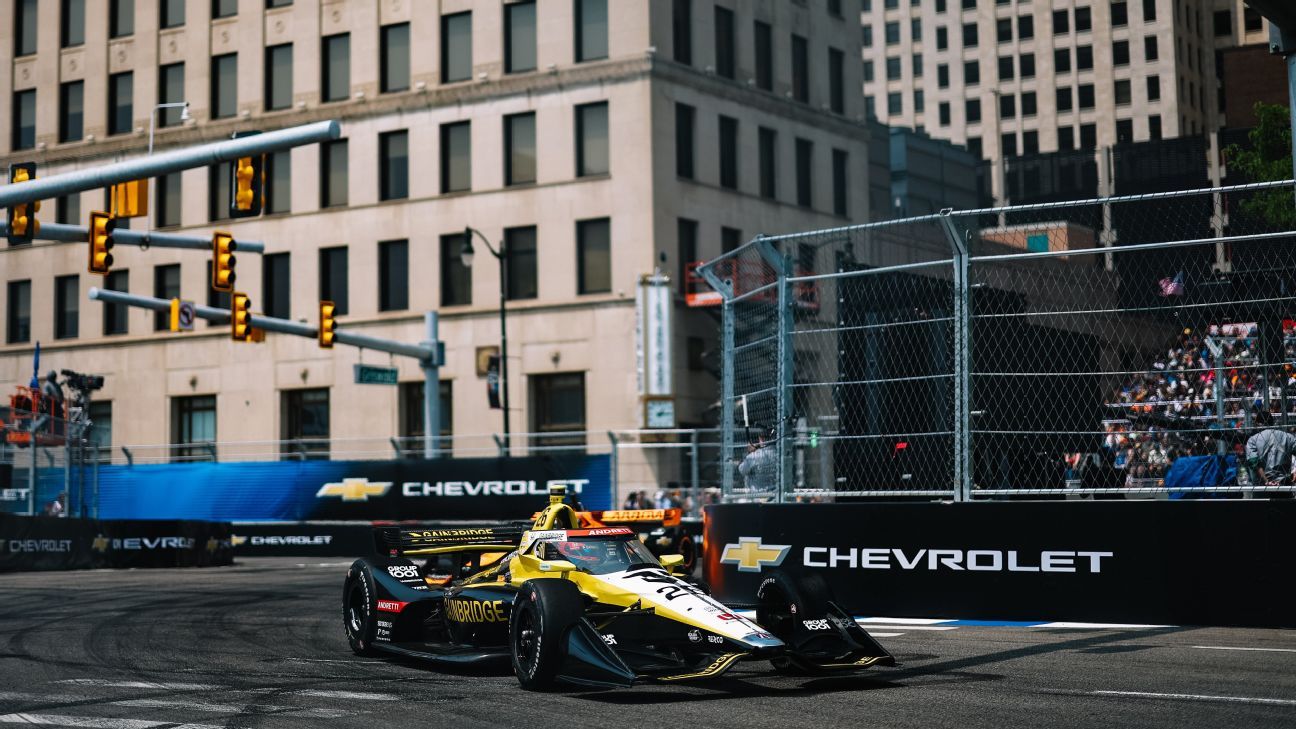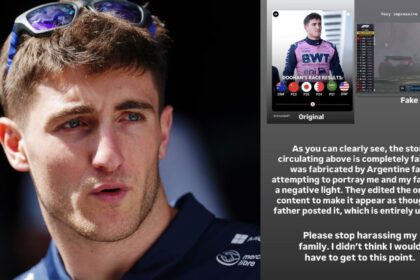
A Key Step for Herta
Expectations are high, perhaps unrealistic, given the magnitude of the challenge. For many in the F1 paddock, it’s an “all or nothing” decision. The fact that Herta could struggle in a field of significantly younger drivers would be difficult to handle, and F2 is a series known for the difficulty of maintaining consistency throughout a season.Herta, who already has a foot in the door of F1 as a test driver for the Cadillac team, is aware of the task ahead. “I see it as my last chance in Formula 1, given my age and everything else,” he declared to Alofoke Deportes. “It’s something new for me, something to work on and learn. I’m excited.” Cadillac’s support and that of its F1 team boss, Graeme Lowdon, was key in the decision. The American team is a few months away from its debut at the 2026 Australian Grand Prix. While the initial desire to enter the sport with an American driver in one of its two seats was not fulfilled, opting for the experience of race winners Valtteri Bottas and Sergio Pérez, Herta’s prominent role within the team, which will include a testing program and at least one Friday practice session at a grand prix, leaves no doubt about the company’s long-term plans for him.“I think it’s a great opportunity to learn about cars, tires, tracks, etc., and really prepare myself for when I get the opportunity in Formula 1 to be able to succeed”.
Colton Herta

Many have complained about how poorly IndyCar, a championship that does not belong to the FIA, is weighted compared to the Formula 3 and Formula 2 championships. McLaren driver and 2025 title contender, Lando Norris, spoke about this superlicense rarity when asked about Herta’s possible move to F2 last month.
While IndyCar is widely considered one of the toughest and most prestigious racing series in the world, with a Triple Crown event (the Indianapolis 500) as its most important race, its drivers are penalized by the relatively few FIA superlicense points awarded by the championship in a system largely geared towards favoring FIA competition. An IndyCar title victory awards the full 40 points needed for F1 eligibility, but second place awards only 30 and third only 20; compared to Formula 2, where the top three receive the full 40. That sharp drop has limited Herta’s prospects. Herta has also had to be incredibly patient. In 2021, it seemed that he was about to participate in FP1 at the United States Grand Prix when Michael Andretti considered a deal to buy Sauber, but both the test and the purchase ultimately failed. Herta always felt that he was the most likely name to accompany Andretti to F1, and continued to be so when the former McLaren driver was sidelined as General Motors increased its stake to full commitment, which now includes a plan to compete with Cadillac engines built in the United States by the end of the decade. Now, fully integrated into the operation of the eleventh F1 team, Herta considers his long wait a blessing in disguise. Herta’s debut in Formula 2 with Hitech will take place during the weekend of the 2026 Australian Formula 1 Grand Prix, which will also be Cadillac’s first in F1. Herta will compete in the sprint race in Melbourne on March 7, before the main race on March 8.






